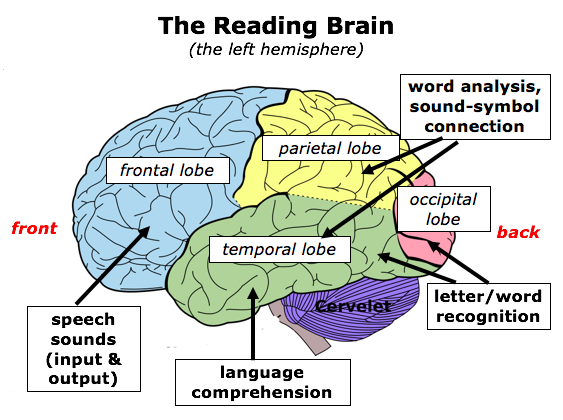Dyslexia Tutoring at Home: How WordSmart Makes Reading Fun and Accessible
For kids, reading and learning could be a painstaking effort due to the face of a learning disability known as dyslexia. Nonetheless, parents can help overcome these difficulties and ensure productive learning at home with the right tools and strategies. WordSmart, an online dyslexia tutoring tool, is a unique tool that can change the way
Dyslexia Tutoring at Home: How WordSmart Makes Reading Fun and Accessible Read More »








